Historic Commission Protects Forest Home Library
Gives it historic designation. But Common Council will have final say.
The Historic Preservation Commission has unanimously recommended permanent historic designation for the former Forest Home Library at 1432 W. Forest Home Library. The Common Council will next review the matter.
The commission had previously used its authority to grant the building a 180-day temporary historic designation.
Commission staffer Carlen Hatala, during a Monday afternoon commission meeting, said the building is the best-preserved example of the Mid-Century Modern design approach in the city. With minimal alteration from its original appearance, the building has a largely glass facade and exposed Cor-Ten steel structure visible inside and out.
The library system is preparing to sell the building to ICAP Development, which would demolish the 14,500-square-foot structure in favor of a $5 million, 18,000-square-foot clinic for Children’s Hospital of Wisconsin.
It’s the third time the Milwaukee Public Library has tried to sell the building since 2017 when it relocated the branch library to 906 W. Historic Mitchell St. Immigrant rights group Voces de la Frontera was poised to buy and rehabilitate the building in 2018, but that fell through, as did a second sale to HK Gill Properties.
The library had originally prohibited demolition as part of the sale listing.
Reportedly designed by Fritz von Grossmann, the building was recognized by the American Institute of Architects (AIA) Wisconsin chapter and the Institute of Steel Construction in 1967. It was used in an advertisement for Cor-Ten steel. Von Grossmann, who practiced in the partnership of von Grossmann, Burroughs & Van Lanen, designed a handful of buildings in the Mid-Century Modern style in the Milwaukee area and also created the signature Kohl’s grocery store arch design.
Hatala said the library building satisfies four of the city’s criteria for designation: serving as an example of the city’s cultural history; a leading example of its architectural style; being designed by a master architect or builder; and innovation, for its use of Cor-Ten steel. The last point is being invoked for the first time, said Hatala.
ICAP, with support from Groth, believes that von Grossmann is incorrectly given credit for the building. They showed plans signed by his business partner Richard Van Lanen and said they could not find any records of von Grossmann being a licensed architect in Wisconsin. He was licensed in Florida.
Hatala said she had found signed permits by von Grossmann. An AIA listing also credits von Grossmann. Commission chair Alderman Robert Bauman said he could envision a scenario where a partner would sign off as the architect of record but another individual with the firm would lead the design.
The ICAP objection extends beyond who designed the building.
“This building is a master class in how not to design a steel, glass and concrete building for northern climates,” said Petitt.
Petitt said Cor-Ten steel is not a material well suited for buildings. He said it stains nearby surfaces and kills grass for its first eight years. The material also changes colors as it ages. Upon seeing the building, Petitt said he thought it was simply “failing steel” akin to other issues he observed with the building.
The architect said marketing for Cor-Ten steel wasn’t a sign of its desirability, but a function of the need to educate the public on its rust-like aging process.
“I compliment you for providing relevant information,” said Bauman, a frequent critic of those that veer into economic arguments the commission cannot consider.
Commissioner Patti Keating Kahn said the ICAP-Groth testimony was “misleading” because the presenters have an economic interest in the project. “Being talked down to is a little bit demeaning, so I don’t think we should consider that testimony very seriously,” she said.
Commissioner Matt Jarosz, an architectural history professor at UW-Milwaukee, moved to designate the building under Hatala’s recommendation. He said the building style lends itself to being modified and said it was rare to find such a structure in close to original shape. Ann Pieper Eisenbrown seconded the motion.
While much of the meeting was spent with Hatala presenting and then the ICAP team opposing the designation, others did testify in support or opposition.
The library system maintained its objection to designation. Department of City Development representative Dave Misky, appearing on behalf of the library, said a more significant presentation would be made before the council’s Zoning, Neighborhoods & Development Committee. The council review process allows for economic arguments.
The designation was supported by nominators Kelsey Kuehn and Eric Vogel, both of Vogel Design Group and Jeremy Ebersole of the Milwaukee Preservation Alliance. A letter in support was submitted by modern-building preservation group Docomomo, the International Committee for Documentation and Conservation of Buildings.
The one-story library building occupies a trapezoidal site bordered by S. 15th St. and W. Forest Home Ave. A parking lot is included on the north portion of the property.
Even with designation, the developer could pursue development with a second commission or council action in the future. “I think that needs to be clearly spelled out, that a large number of the arguments made could be remade with a demolition request,” said Bauman.
The designation will next go before the Zoning, Neighborhoods & Development Committee before a full council vote.
Improving the Process
One thing that came up early in the meeting was the need for process improvement. Bauman pointed out that the city owns the building and publicly listed it for sale. He suggested the commission review such sales for possible designation before they advance.
“Can we agree to start doing that in the future?” asked Bauman of the commission’s staff.
“That’s words, what we do here is law,” said Bauman, encouraging not a recommendation for preservation, but actual historic designation.
“I completely agree with you,” said Commissioner Sally Peltz.
Photos
UPDATE: An earlier version of this article said DCD objected to the designation. They did not a formal position and appeared on behalf of the library.
Political Contributions Tracker
Displaying political contributions between people mentioned in this story. Learn more.
- March 23, 2017 - Robert Bauman received $50 from Ann Pieper Eisenbrown
- March 23, 2017 - Robert Bauman received $250 from Patti Keating Kahn
- May 10, 2016 - Robert Bauman received $250 from Patti Keating Kahn
- September 4, 2014 - Robert Bauman received $50 from Ann Pieper Eisenbrown
Eyes on Milwaukee
-
Church, Cupid Partner On Affordable Housing
 Dec 4th, 2023 by Jeramey Jannene
Dec 4th, 2023 by Jeramey Jannene
-
Downtown Building Sells For Nearly Twice Its Assessed Value
 Nov 12th, 2023 by Jeramey Jannene
Nov 12th, 2023 by Jeramey Jannene
-
Immigration Office Moving To 310W Building
 Oct 25th, 2023 by Jeramey Jannene
Oct 25th, 2023 by Jeramey Jannene


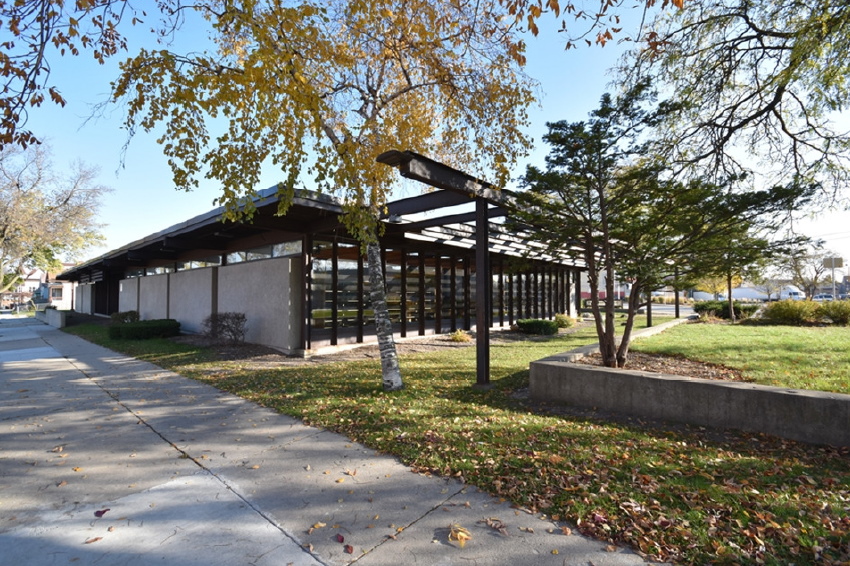
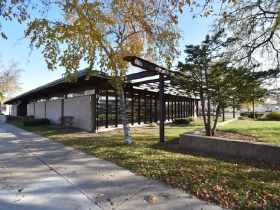
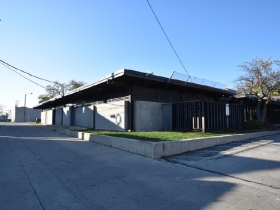
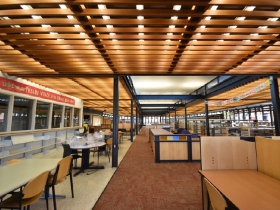
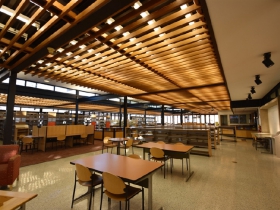




















good lord. ppl who force preservation of buildings can either pay for the upkeep or shut up.
I believe the Council should override the Commission’s action and oppose historic designation. It’s time to turn the page on this blighting property and allow a new beneficial use to take hold in the location.